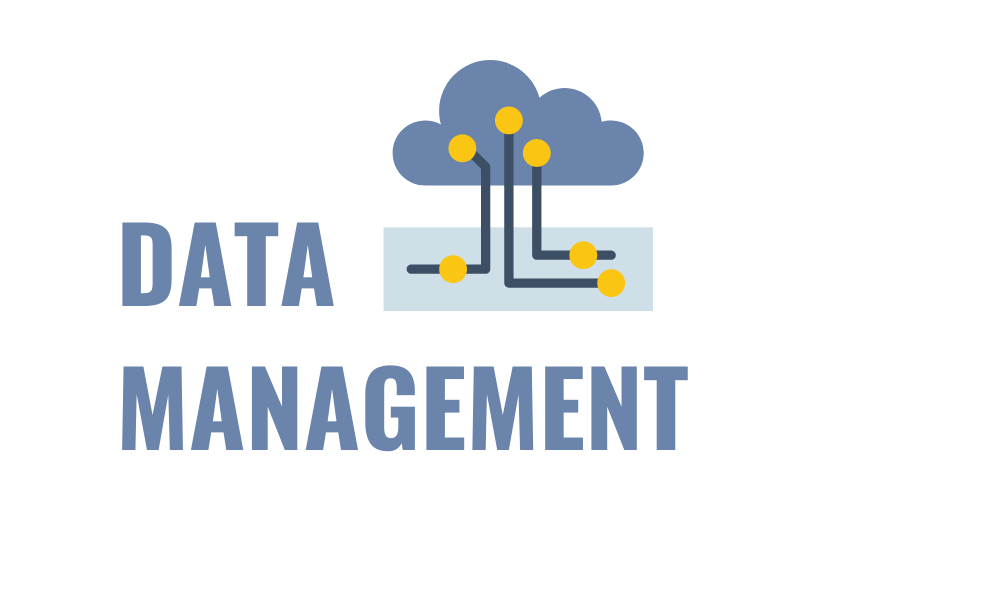How to Build an Omni-Channel Customer Experience for Retail Success
Meet Customers Where They Are
Sears’ descent into bankruptcy shows what can happen when retailers fail to invest in omni-channel CX. The 126-year-old retail giant held steady growth for more than a century and was once the nation’s largest retailer. Sears dominated the retail market for decades with tactics like innovative product advertising, consumer education and corporate branding, even during economic downturns. But even giants fall. Despite having previously survived many market calamities throughout its history, Sears found itself in the throes of bankruptcy in late 2018, during a period of economic expansion. Where did the retailer go wrong and what can other companies learn from their mistakes? The downfall of Sears offers important lessons for retailers. Sears didn’t fail because they fell behind on technology; in fact, they were one of the pioneers of the online retail space. Website functionality is certainly important for retailers, but the offline-to-online customer experience is ultimately what matters most. While Sears did a great job of staying current on technology, they did little to connect with their customers between online and offline channels. Today’s customers expect brands to provide a personalized experience that occurs seamlessly across every channel. In today’s highly competitive market, retailers need to meet customers where they are and get their attention. Customers won’t be compelled to buy from you if they don’t feel a connection with your brand.Apply People-Based Marketing
Traditional marketing uses a multi-channel approach, which segments media campaigns by channel, such as linear television and digital media. The problem with this approach is that it creates silos in which data sets are disconnected from each other. Today’s brands must move toward a people-based marketing strategy, where the customer is the central focal point. A people-based marketing strategy moves multichannel interactions into an omni-channel focus, helping you gain a clear picture of how your customers interact with your brand across every channel. People-based marketing puts the customer at the core to ensure a completely consistent, unified experience at every touch point. The Aberdeen Group reports that businesses with strong omni-channel customer engagement strategies retain 89 percent of their customers compared to only 33 percent for companies with weak strategies. Acting now could give you a heavy leg up on the competition. Consider these recent findings:
The Aberdeen Group reports that businesses with strong omni-channel customer engagement strategies retain 89 percent of their customers compared to only 33 percent for companies with weak strategies. Acting now could give you a heavy leg up on the competition. Consider these recent findings:
- By 2020, the demand for an omni-channel customer experience will be amplified by the need for nearly perfect execution.
- Just 9% of businesses have fully functioning systems that allow them to consistently engage customers across channels
- Only 26% of companies have yet to take any action regarding an omni-channel strategy.
“Businesses with strong omni-channel customer engagement strategies retain 89 percent of their customers compared to only 33 percent for companies with weak omni-channel strategies.”

Is Your Business Using the Data Management Tools to Succeed? Evaluate Them Now!
Invest in Marketing Technologies
The process of putting customer expectations first requires technologies to deliver your most relevant and consistent message across the media ecosystem. New data management systems that help connect the dots between your online and offline touch points are becoming widely available. If your brand is in the market for a new data management system, our free evaluation checklist can help you select the right data management tools.
One example is an Audience Management Platform (AMP). An AMP helps retailers can connect data silos across disparate systems, and create a 360-degree view of your customers. AMPs can track customer engagements from offline to online, like in-store traffic at brick-and-mortar locations and online traffic on your e-commerce websites. These insights help retailers tailor messaging to individuals based on shopping behaviors and past purchases.
